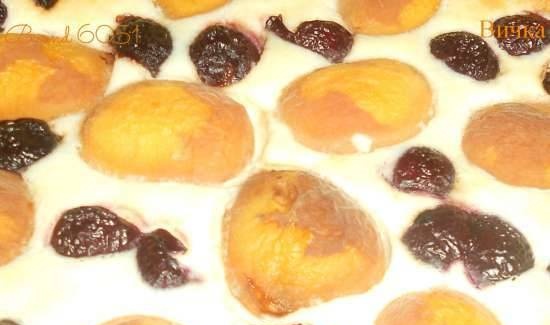Mironova A.
Becalski A, Lau BP, Lewis D, Seaman SW. Acrylamide in foods
One of the greatest nutritional challenges in our modern, rapidly evolving and processed food culture is the high temperatures that so much of our food is cooked at. We have deep-fried roasts at 180-230 ° C; we fry on the stove in shortening and vegetable oils until their smoke reaches 190-230 degrees; and we cook barbecues with gas grills that can reach temperatures over 530 degrees! Our meals were simply not designed for very high temperatures. The nutrient content of such food is questionable.

Undesirable effects of hot cooking
How you prepare your food can be as important to your health as what you eat.
Nutritional research is just beginning to analyze the implications of this high-temperature approach. For example, we learned that some of the most mutagenic agents produced during cooking are called heterocyclic amines, and they are commonly found in beef, chicken and pork barbecued at 200 ° C or higher. We even know what the main ingredients are required for the production of these mutagenic agents: heat for more than a few minutes, free amino acids (from protein), creatine (or creatinine), and sugar. Without the high-temperature component, the formation of heterocyclic amines does not occur. A direct flame grill produces another carcinogen called polyocyclic aromatic hydrocarbons, which can be as harmful as heterocyclic amines.
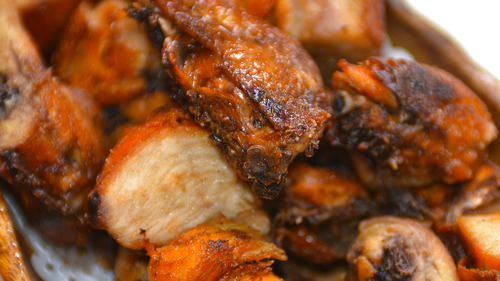
Researchers at Mt Sinai Medical found that foods cooked at high temperatures contain high levels of compounds called advanced glycation end products (AGEs), which cause more tissue damage and inflammation than foods cooked at lower temperatures. They inhibit cells in the body, damage tissues, and increase the risk of complications from diseases such as diabetes and heart disease. These chemicals can be avoided by cooking food at lower temperatures, and by cooking meat with foods containing antioxidant bioflavonoids, such as garlic, onions, and peppers.
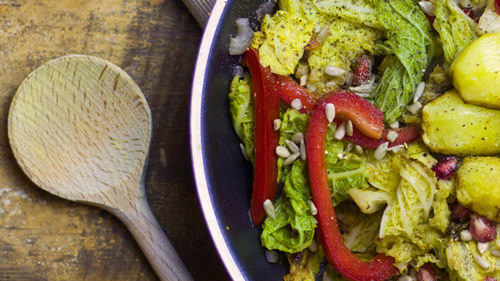
Unfortunately, there is no insurance against this even if we are vegetarians and do not eat beef, chicken or pork. More recently, it has been discovered that a potentially toxic substance called acrylamide, a nerve-damaging compound in humans and a clear carcinogen in rodents, can be overproduced when certain foods are cooked at high temperatures. Potato chips, like several other foods, including breakfast cereals and roasted nuts, are a major research target. As with heterocyclic amines, acrylamide does not appear to be excessively generated when high cooking temperatures are not available, provided that cooking at a lower temperature does not continue for an extended period of time (usually including hours versus minutes).
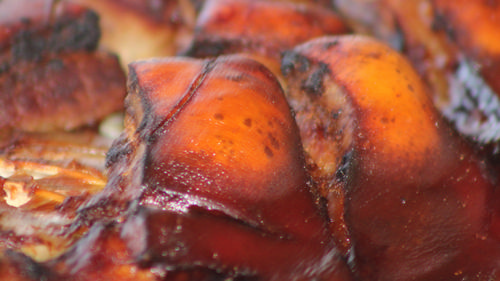
However, the problems with high temperature cooking are not limited to the creation of toxic substances. High temperature cooking is also problematic when it comes to nutrient loss. Almost all nutrients in food are exposed to heat.Of course, the damage to a particular nutrient depends on its composition, degree of heating, and cooking time. But in general, most of the temperatures at which we cook in the oven (120-230 degrees) are temperatures at which there is a significant loss of nutrients. Although very short cooking at 100 ° C in boiling water results in relatively little loss of nutrients, if boiling continues for just a short period of time (a couple of minutes), it becomes significant. For example, up to 80% of the folate in carrots can be lost during cooking. The same goes for the amount of vitamin B1 in boiled soybeans. Even the high temperatures associated with commercial food preservation rob food of a tremendous amount of nutrients. In canned vegetables with added vitamin C, the loss can reach 67%. In canned tomato juice, up to 70% of the original folic acid can be lost.
All studies and evidence point to the same conclusion: prolonged cooking at high temperatures is simply fraught with the loss of nutrients.
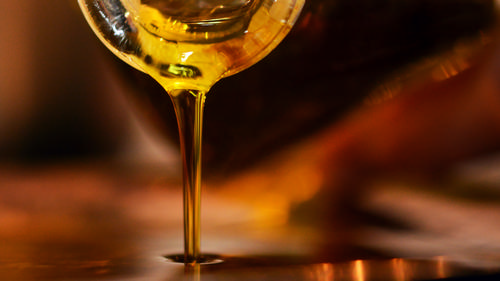
Sometimes heating food is necessary
While we cannot find any evidence for cooking at high temperatures for long periods of time, we have found abundant evidence for cooking at high temperatures for very short periods of time, or for cooking at different temperatures for relatively short periods of time. For some foods, especially animal products, cooking temperatures and times are associated with food safety and elimination of potentially harmful bacteria. Exposure to heat can actually increase the variety of nutrients found in certain foods. For example, heat treatment increases the variety of sulfur compounds found in onions and garlic as it triggers certain chemical reactions that cause changes in these sulfur compounds. Taste, color and aroma can also be improved through cooking. We do not know of any traditional cuisine in the world that relies solely on raw foods. Every healthy eating tradition includes some aspects of cooking.
Our senses can tell us a lot
Sometimes scientific research just reminds us that we can trust our five senses and our own common sense. This finding seems to apply to high temperature cooking. There is almost always a magical point where our senses begin to dislike the result of intense frying. It could be a change in the color of the cabbage, where the green stops getting brighter and brighter and starts to take on a duller, grayer tint. This could be a change in odor and aroma that occurs when the vegetable oil begins to smoke. Vegetable oils have unique smoke points that can be more than 100 degrees apart. While we don't like heating oils at all, the fact that they smoke is still a common sense warning that high temperatures do some damage. If we expose food to high temperatures for too long, our taste buds will also let us know.
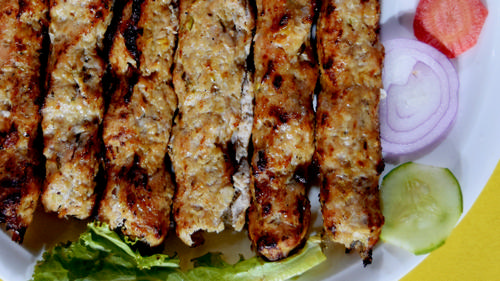
Vegetables and high temperature cooking
When it comes to vegetables, heat sensitivity is measured in minutes! In some foods, such as Swiss chard, vitamin C loss can increase by 15% in just 4-5 minutes. Swiss chard cannot be cooked while we are talking on the phone or setting the table or feeding the cat. Just a few minutes can completely change the result! The green beans will be ready in 3-7 minutes.During this time, their color will take on a brighter green tint. But towards the end of this 7-minute period, a decrease in color intensity will begin to occur. By 9 or 10 minutes, the color intensity will noticeably decrease. Only 2-3 minutes of boiling can make this noticeable difference.
The optimal high temperature cooking schedule will depend on a number of factors in addition to the type of vegetables. For example, the way a vegetable is sliced will change the steaming time it needs. Finely chopped cabbage requires less cooking time than coarsely chopped cabbage. Because most of the finely chopped cabbage is directly exposed to the steam, it takes less time to become tender. If you are mixing vegetables in a steamer basket, the topmost layers that are directly exposed to the steam should be vegetables that need minimal steam. Vegetables requiring longer cooking times should be placed in the lowest layer. Alternatively, vegetables that require less boil can be added to the steamer basket later after the coarser, denser vegetables have been added.
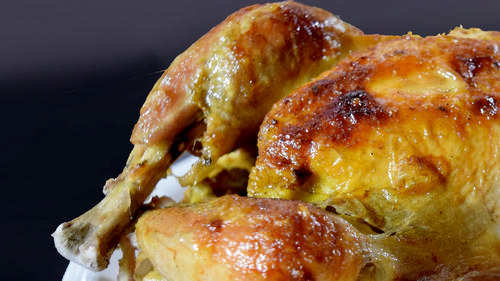
Why we love steam cooking
You can think of steam as a high-temperature cooking method, but compared to most other methods, this is not the case. Since water boils at 100 degrees and turns into steam, steam is actually a method of cooking with less heat than most oven-based and most oven-based options. Compared to boiling, steaming is the best way to avoid wasting nutrients because food is surrounded by water scattered in the air rather than completely submerged in water. The reduced contact of water with the food surface results in less nutrient loss. If food is cut into small enough pieces, steaming can make it tender and tasty faster than most other heating methods.
Cover the pan
It may sound silly, but closing the pot while steaming can help preserve the nutritional value of our food. When the pan is covered, the steam contact with the food is more constant, which allows the steam to be completed in a minimum amount of time. In addition, light-sensitive nutrients such as vitamin B2 will not be easily removed from food. As an added benefit, many water-soluble nutrients will be released into steam and then returned back to the water under the steamer basket. Save this water! It can be used as a base for soups and sauces, or at least allowed to cool and used to water plants in the garden.
High temperature cooking and vegetable oils

There is no frying option that worries us more than frying with vegetable oils. Of course, it can be recognized that many companies produce very high quality refined oils specifically designed for cooking at high temperatures. Refining these oils increases the onset of their smokiness, sometimes by as much as 100 degrees. In addition, it can be recognized that some vegetable oils, which would normally be very susceptible to high temperatures due to their content of polyunsaturated fats, have been produced in such a way as to reduce the content of these fats. We are referring to vegetable oil, such as safflower oil, which is usually high in polyunsaturated fat but relatively low in monounsaturated fat.
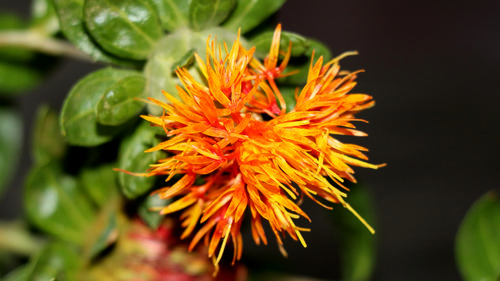
A version of safflower oil is available today called "high oleic" safflower oil. (Oleic acid is a monounsaturated fatty acid that is less susceptible to heat damage than the polyunsaturated fatty acids commonly found in safflower oil.)This version of safflower oil can actually withstand higher temperatures and is better suited for higher temperatures than regular oil. At the same time, however, we are wondering why any oil should be exposed to intense heat if there is a low or no heat alternative.







